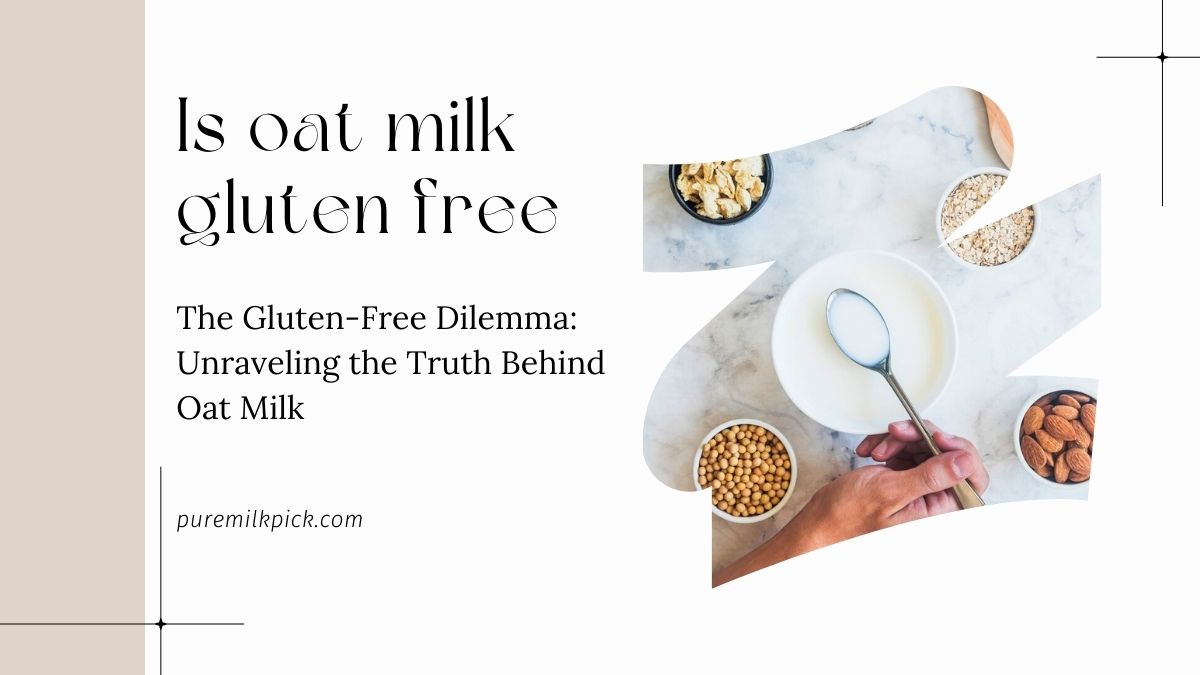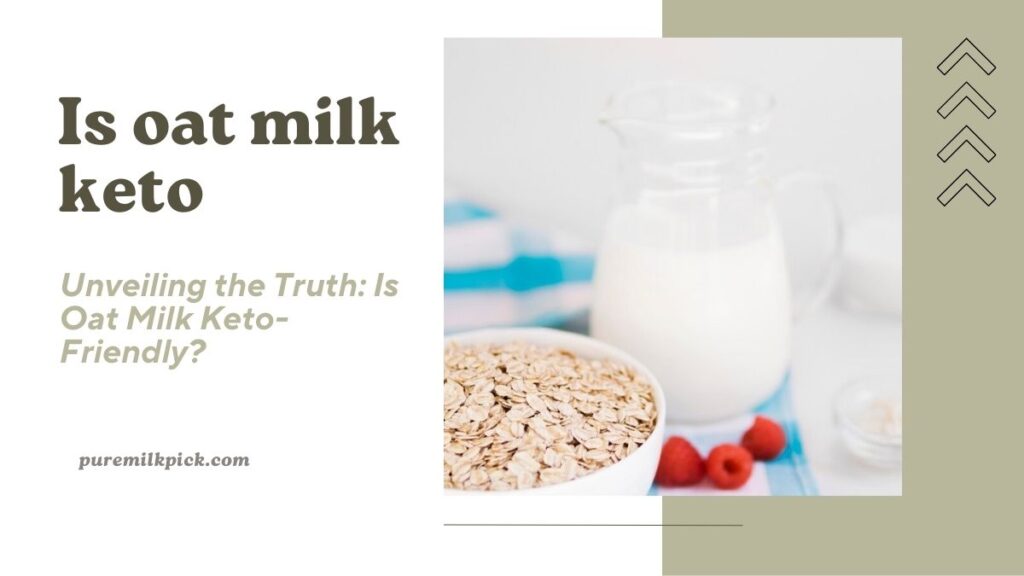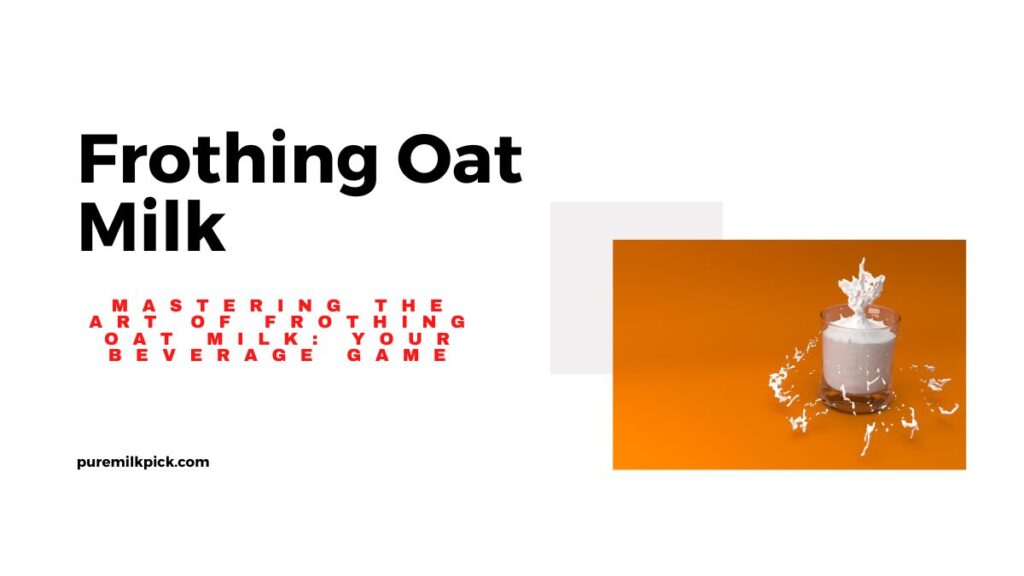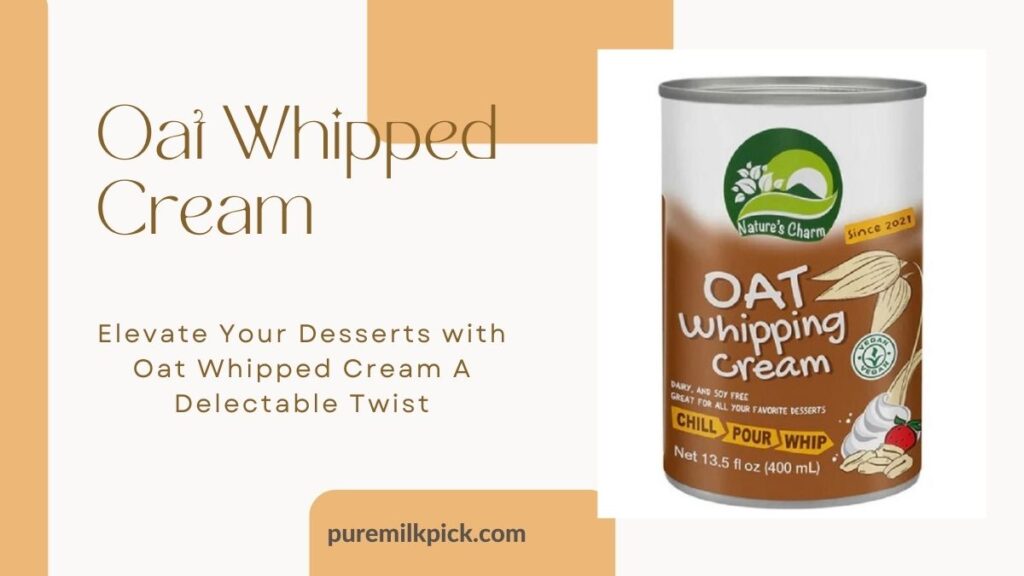Welcome to the world of plant-based milk alternatives, where choices abound, but clarity can sometimes be elusive. Among the plethora of options, oat milk has emerged as a favorite for its creamy texture and earthy flavor. Yet, for individuals with gluten sensitivities or celiac disease, a pressing question arises: Is oat milk gluten-free? In this article, we delve into the intricacies of oat milk production, gluten contamination risks, and the reliability of gluten-free labeling to provide you with the answers you seek.
Understanding Gluten and Celiac Disease
Definition and Impact
Gluten, a protein found in wheat, barley, and rye, can wreak havoc on the digestive systems of individuals with celiac disease or gluten sensitivities. Celiac disease is an autoimmune disorder characterized by the body’s adverse reaction to gluten ingestion, leading to inflammation and damage to the small intestine. Even trace amounts of gluten can trigger symptoms ranging from digestive discomfort to severe malabsorption and nutrient deficiencies.
Importance of Gluten-Free Diets
For those diagnosed with celiac disease, adhering to a strict gluten-free diet is imperative for managing symptoms and preventing long-term complications. Likewise, individuals with non-celiac gluten sensitivity must also eliminate gluten from their diets to alleviate symptoms such as bloating, headaches, and fatigue. As such, the need for accurate information regarding the gluten content of food and beverage products is paramount.
Read More: Mastering the Art of Frothing Oat Milk: Your Beverage Game
The Gluten-Free Status of Oats
Contrary to popular belief, oats are inherently gluten-free. However, the risk of gluten contamination arises during the cultivation, harvesting, and processing stages. Oats themselves do not contain gluten, but they are often grown in rotation with gluten-containing crops such as wheat, barley, and rye. Additionally, cross-contamination can occur during transportation, storage, and milling processes, posing a challenge for individuals seeking gluten-free oat products.
Oats and Gluten Contamination
Potential Sources of Contamination
Despite oats’ natural gluten-free status, the presence of gluten in oat-based products is a concern for many consumers. Cross-contact with gluten-containing grains can occur at various points along the supply chain, from field to fork. Contamination may occur during planting and harvesting, as well as during transportation and storage alongside gluten-containing crops. Furthermore, shared equipment and processing facilities increase the risk of unintentional gluten exposure during milling and packaging.
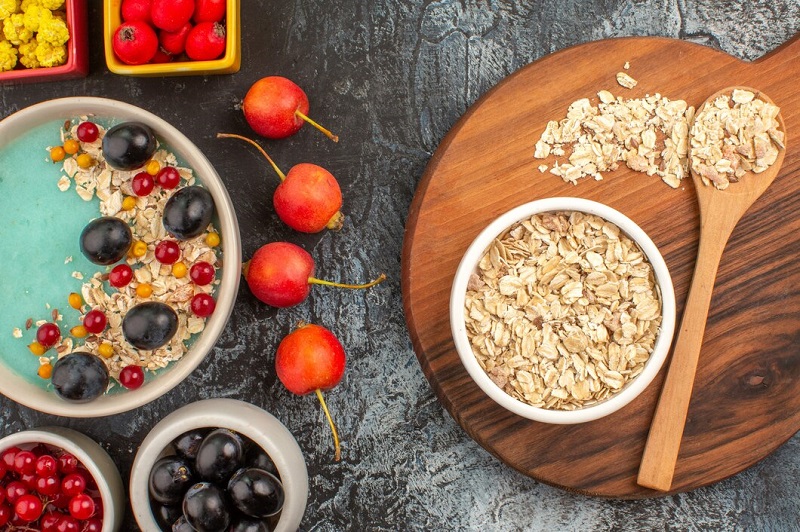
Risks in Oat Milk Production
In the realm of plant-based milk alternatives, oat milk has gained popularity for its creamy texture and versatility. However, the production of oat milk presents unique challenges in ensuring gluten-free integrity. While oats themselves may be free from gluten, the potential for cross-contamination exists during the processing of oats into oat milk. Equipment used for milling and blending may come into contact with gluten-containing ingredients, leading to unintended gluten presence in the final product.
Industry Practices and Standards
To address concerns regarding gluten contamination, industry standards, and best practices have been established to minimize the risk of cross-contact during oat processing. Dedicated facilities and equipment are utilized to separate gluten-free oats from gluten-containing grains, reducing the likelihood of contamination. Additionally, rigorous testing protocols are implemented to verify the gluten-free status of oat-based products, assuring consumers with gluten sensitivities or celiac disease.
Oat Milk Production Process
From Oats to Oat Milk
The journey from oats to oat milk begins with selecting high-quality, gluten-free oats. These oats undergo a thorough cleaning process to remove any foreign matter and potential contaminants. Once cleaned, the oats are soaked in water to soften them, making them easier to blend. The softened oats are then mixed with water and blended into a smooth consistency. The resulting oat mixture is strained to remove any solids, yielding creamy and flavorful oat milk.
Potential for Gluten Contamination
Despite efforts to source gluten-free oats and maintain separation from gluten-containing grains, the risk of gluten contamination persists during oat milk production. Shared equipment and processing facilities may introduce gluten into the oat milk supply chain, compromising its gluten-free status. Manufacturers must implement strict protocols to prevent cross-contact and ensure the integrity of their oat milk products. Regular testing and analysis are essential to verify compliance with gluten-free standards and regulations.
Gluten-Free Certification and Labeling
In response to consumer demand for gluten-free products, many oat milk brands seek gluten-free certification to reassure customers of their product’s safety. Gluten-free certification entails rigorous testing and verification processes to confirm that products meet established gluten-free standards. Certified gluten-free labels provide consumers with confidence and peace of mind when selecting oat milk products. Additionally, transparent labeling practices enable individuals with gluten sensitivities or celiac disease to make informed choices about their dietary preferences.
Consumer Tips for Choosing Gluten-Free Oat Milk
Reading Product Labels
When shopping for oat milk, it’s essential to carefully read product labels to identify gluten-free options. Look for clear and concise labeling indicating that the product is gluten-free certified or free from gluten-containing ingredients. Pay attention to any allergen warnings or statements regarding manufacturing practices to assess the risk of cross-contamination.
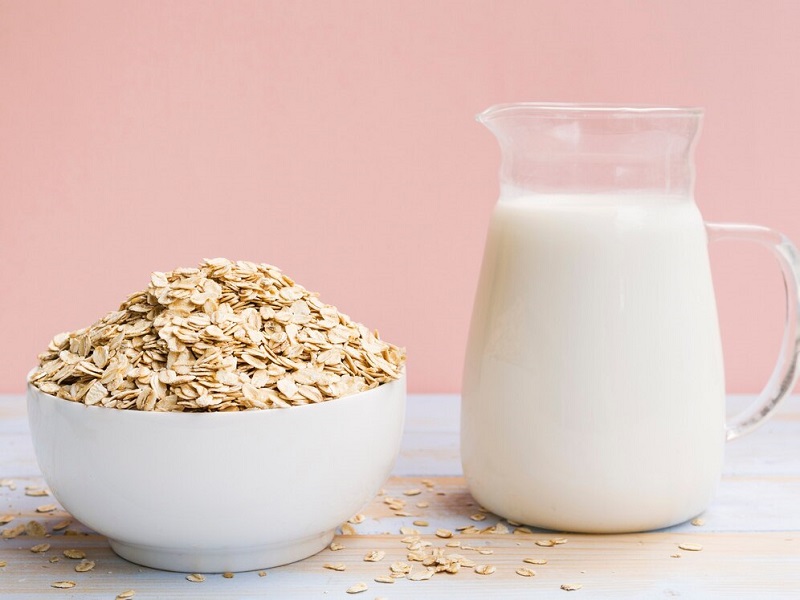
Contacting Manufacturers
If you have specific concerns about gluten contamination or the gluten-free status of a particular oat milk brand, don’t hesitate to reach out to the manufacturer directly. Contacting customer service or visiting the company’s website can provide valuable information about their gluten-free practices and quality assurance measures. By asking questions and seeking clarification, you can make more informed decisions about which oat milk products align with your dietary needs.
Minimizing Cross-Contamination
To minimize the risk of gluten exposure at home, practice diligent food handling and preparation techniques. Use separate utensils, containers, and kitchen equipment when handling gluten-free oat milk to prevent cross-contact with gluten-containing foods. Store oat milk in a designated area away from gluten-containing products, and be mindful of potential sources of contamination in shared spaces.
Conclusion
In the complex landscape of gluten-free living, the question of oat milk’s gluten-free status remains a topic of discussion and concern. While oats themselves are naturally gluten-free, the potential for contamination during cultivation, processing, and production necessitates careful consideration by consumers. By understanding the risks of gluten contamination and the measures taken by manufacturers to ensure gluten-free integrity, individuals with gluten sensitivities or celiac disease can make informed choices about incorporating oat milk into their diets.
Frequently Asked Questions
Yes, oat milk can be gluten-free, but it depends on how it’s processed. Oats themselves are naturally gluten-free, but cross-contamination can occur during cultivation and processing, especially if oats are processed in facilities that also handle gluten-containing grains like wheat, barley, or rye. Look for oat milk brands that are certified gluten-free to ensure they meet strict standards for gluten-free integrity.
When shopping for oat milk, carefully read the product labels and look for gluten-free certification or statements indicating that the product is free from gluten-containing ingredients. Additionally, contacting the manufacturer directly can provide reassurance about their gluten-free practices and quality assurance measures. By being vigilant and informed, you can confidently choose oat milk products that align with your dietary needs.
Individuals with gluten sensitivities or celiac disease must exercise caution when consuming oat milk due to the potential for gluten contamination. Ingesting even trace amounts of gluten can trigger adverse reactions and exacerbate symptoms. To minimize the risk of gluten exposure, opt for certified gluten-free oat milk brands and follow strict food handling practices to prevent cross-contact with gluten-containing foods. Always consult with a healthcare professional or dietitian for personalized dietary advice.
